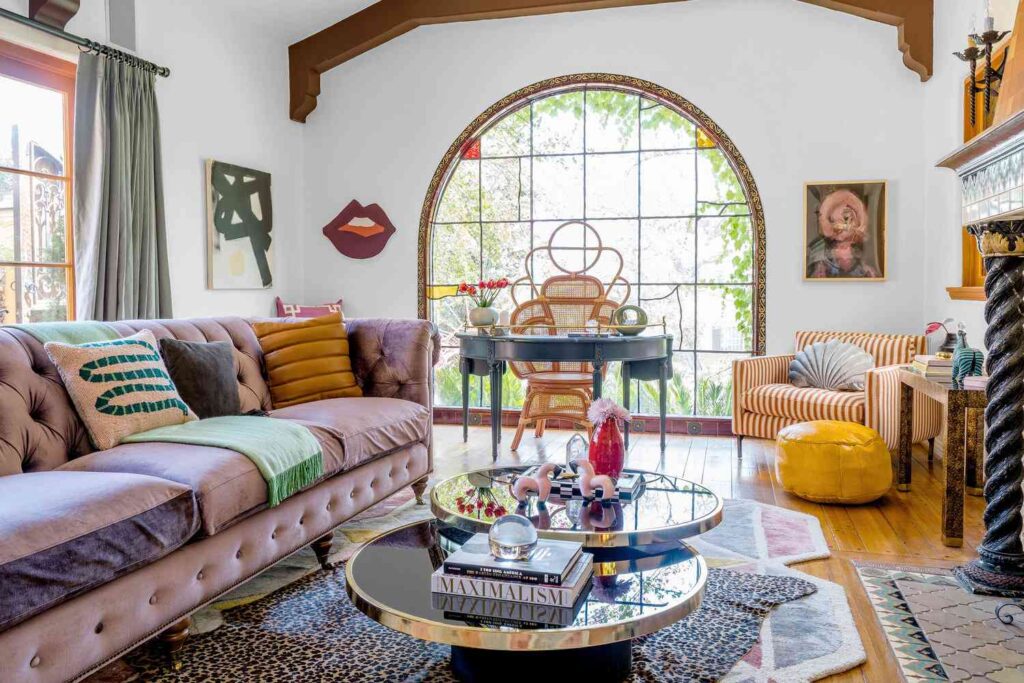Artificial grass is a synthetic material that is designed to look and feel like natural grass. It is commonly used for landscaping, sports fields, and playgrounds. The use of Lawn artificial grass has become increasingly popular in recent years, as it provides a low-maintenance, water-efficient solution for homeowners who want to have a green lawn without the hassle of traditional grass.
Benefits of Artificial Grass
Before choosing the right artificial grass for your lawn, it’s essential to understand the benefits it provides. Here are some of the benefits of artificial grass:
- No need for watering: Artificial grass does not require watering, which saves water and reduces your water bills.
- Low maintenance: Unlike natural grass, artificial grass does not need mowing, trimming, or fertilizing, making it a low-maintenance option.
- Consistent appearance: Artificial grass stays green all year round, regardless of the weather, providing a consistent appearance for your lawn.
- Durable: Artificial grass is designed to withstand heavy foot traffic, making it an ideal option for playgrounds, sports fields, and high-traffic areas.
- Eco-friendly: Artificial grass does not require harmful pesticides or fertilizers, making it an eco-friendly option for your lawn.
Types of Artificial Grass
There are different types of artificial grass, and choosing the right one for your lawn depends on your specific needs and preferences. Here are some of the most common types of artificial grass:
Polyethylene
Polyethylene is the most popular material used for artificial grass. It is soft to the touch and provides a natural-looking appearance. It is also durable and resistant to UV rays, making it a popular option for outdoor use.
Polypropylene
Polypropylene is another popular material used for artificial grass. It is a more affordable option than polyethylene, but it is not as durable or soft to the touch.
Nylon
Nylon is the most durable material used for artificial grass. It is ideal for high-traffic areas, sports fields, and playgrounds. However, it is not as soft to the touch as polyethylene.
Blade Shapes
Artificial grass comes in different blade shapes, including flat, oval, and diamond-shaped. The blade shape affects the look and feel of the grass, and you should choose the one that best suits your preferences.
Choosing the Right Pile Height
Pile height refers to the height of the grass blades. The right pile height depends on the type of activity you plan to do on your lawn. For example, if you plan to use your lawn for sports, a shorter pile height is recommended. If you want your lawn to look more natural, a longer pile height is recommended.
Density and Weight
The density and weight of the artificial grass also affect its appearance and durability. A denser grass will look more natural and feel more realistic, but it will also be heavier and more expensive. A lighter weight grass may not look as natural, but it will be more affordable and easier to install.
Backing and Infill
The backing of the artificial grass is also an essential consideration. The backing material provides stability and support for the grass blades. The two most common types of backing are latex and polyurethane. Latex is the more affordable option, but it may not be as durable as polyurethane.
Infill is another crucial consideration. Infill is a material that is added to the artificial grass to provide stability, support, and cushioning. The most common types of infill are sand and rubber. Sand is the more affordable option, but it can be abrasive and uncomfortable to walk on. Rubber is more expensive but provides a more cushioned surface.
Quality and Durability
The quality and durability of the artificial grass are also important considerations. Higher quality grass is generally more durable and will last longer. Look for grass that is designed to withstand heavy foot traffic, extreme weather conditions, and UV rays.
Installation
Installation is a crucial step in ensuring the longevity and durability of your artificial grass. It’s important to follow the manufacturer’s instructions carefully and hire a professional if necessary. Improper installation can lead to wrinkles, bumps, and other problems that can reduce the lifespan of your artificial grass.
Maintenance
Although artificial grass requires less maintenance than natural grass, it still needs some care to ensure its longevity. It’s essential to remove any debris, leaves, or pet waste regularly. You should also brush the grass regularly to keep the blades standing upright and looking their best.
Cost
The cost of artificial grass varies depending on the quality, density, weight, and other factors. It’s essential to consider the long-term costs of maintenance and installation when making your decision. While artificial grass may be more expensive upfront, it can save you money in the long run by reducing your water bills and maintenance costs.
Conclusion
Choosing the right artificial grass for your lawn can be a challenging task, but it’s essential to consider your specific needs and preferences. By understanding the benefits, types, pile height, density, weight, backing, infill, quality, installation, maintenance, and cost, you can make an informed decision that will provide you with a beautiful, low-maintenance, and long-lasting lawn.




